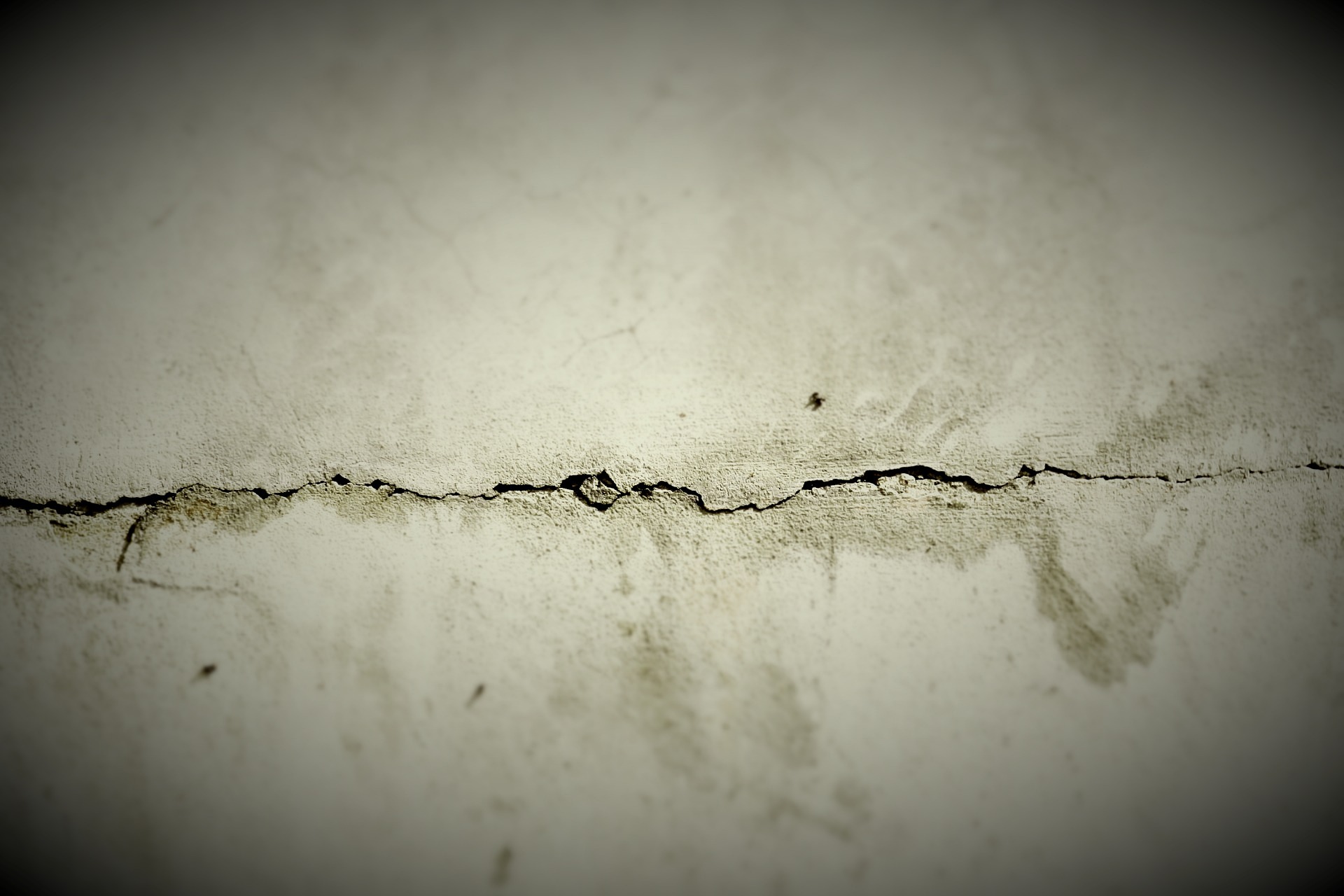Essential Concrete Crack Repair Techniques for Lasting Durability and Structural Integrity in 2025
Concrete crack repair is a crucial aspect of maintaining the structural integrity and longevity of buildings and infrastructure. As we approach 2025, the importance of effective repair techniques continues to grow, driven by advancements in materials science and engineering practices. This article explores essential concrete crack repair methods that promise to enhance durability and preserve structural stability in the coming years.

What are the common causes of concrete cracks?
Understanding the root causes of concrete cracks is fundamental to implementing effective repair strategies. Concrete cracks can occur due to various factors, including shrinkage during the curing process, thermal expansion and contraction, excessive loading, and environmental stressors such as freeze-thaw cycles. Additionally, poor mix design, inadequate reinforcement, or improper curing techniques can contribute to crack formation. By identifying the underlying cause, professionals can select the most appropriate repair method and prevent future occurrences.
How does concrete crack injection work?
Concrete crack injection is a popular and effective technique for repairing cracks in concrete structures. This method involves injecting a low-viscosity material, typically epoxy or polyurethane, directly into the crack under pressure. The injected material fills the void, bonds with the concrete, and effectively seals the crack. The process begins with cleaning the crack surface and installing injection ports at regular intervals. The injection material is then forced into the crack using specialized equipment, ensuring complete penetration and filling of the void space. This technique is particularly useful for structural repairs and can restore the original strength of the concrete.
What are the benefits of epoxy crack repair?
Epoxy crack repair has gained significant traction in the concrete repair industry due to its numerous advantages. Epoxy is a versatile material that offers excellent adhesion to concrete surfaces, high strength, and durability. When used for crack repair, epoxy creates a strong bond that can often exceed the strength of the original concrete. This method is particularly effective for repairing cracks in load-bearing structures, as it can restore structural integrity. Epoxy crack repair also provides excellent resistance to moisture and chemicals, making it suitable for various environments. Additionally, the low viscosity of epoxy allows it to penetrate deep into narrow cracks, ensuring a thorough repair.
How can concrete cracks be prevented in future construction?
Preventing concrete cracks in future construction projects involves a combination of careful planning, proper material selection, and adherence to best practices. Implementing adequate reinforcement, such as steel rebar or fiber reinforcement, can significantly reduce the likelihood of cracking. Proper mix design, including the appropriate water-to-cement ratio and aggregate selection, is crucial for minimizing shrinkage cracks. Additionally, employing proper curing techniques, such as maintaining adequate moisture levels and temperature control during the curing process, can help prevent early-age cracking. Regular maintenance and timely repairs of minor issues can also prevent small cracks from developing into more significant problems.
What are the latest advancements in concrete crack repair technology?
As we approach 2025, several innovative technologies are emerging in the field of concrete crack repair. Self-healing concrete, which incorporates microcapsules or bacteria that activate when cracks form, shows promise in automatically repairing minor damage. Nanotechnology-based repair materials are being developed to provide enhanced strength and durability. Additionally, advanced non-destructive testing methods, such as ground-penetrating radar and infrared thermography, are improving the accuracy of crack detection and assessment. These technological advancements are expected to revolutionize concrete repair practices, offering more efficient and long-lasting solutions.
What are the cost considerations for concrete crack repair?
The cost of concrete crack repair can vary significantly depending on factors such as the extent of damage, repair method chosen, and location of the structure. Generally, surface-level cracks can be repaired at a relatively low cost, while structural cracks requiring extensive intervention may incur higher expenses. Below is a comparison of common repair methods and their estimated costs:
| Repair Method | Typical Application | Estimated Cost Range (per linear foot) |
|---|---|---|
| Epoxy Injection | Structural cracks | $20 - $60 |
| Polyurethane Foam Injection | Non-structural cracks | $15 - $40 |
| Surface Sealing | Hairline cracks | $5 - $15 |
| Stitching | Wide structural cracks | $50 - $100 |
| Carbon Fiber Reinforcement | Severe structural damage | $100 - $300 |
Prices, rates, or cost estimates mentioned in this article are based on the latest available information but may change over time. Independent research is advised before making financial decisions.
In conclusion, concrete crack repair techniques continue to evolve, offering improved durability and structural integrity for buildings and infrastructure. By understanding the causes of cracks, employing appropriate repair methods, and staying abreast of technological advancements, property owners and construction professionals can ensure the longevity and safety of concrete structures well into 2025 and beyond. Regular maintenance, timely repairs, and preventive measures remain key to managing concrete cracks effectively and economically.




